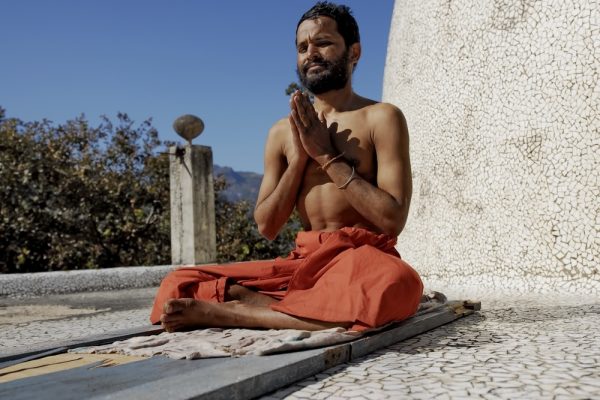The practice of yoga that originated in ancient India has grown in popularity worldwide as a means to achieve physical, mental, and spiritual well-being. In Hinduism, there are four main paths or types of yoga that cater to different temperaments and personalities. Each path offers unique insights and practices, guiding individuals towards self-realization and union with the Divine. Let’s discuss the four paths of yoga in Hinduism and explore their significance.
1. Karma Yoga – The Yoga of Action and Selfless Service
Karma Yoga resonates deeply with individuals or Karma yogi who are community-based and outgoing in nature. This path emphasizes the pursuit of selfless actions and service to others without any expectation of personal gain or recognition. By detaching from the fruits of their actions, practitioners purify their hearts and eliminate selfish tendencies.
Karma Yoga encourages individuals to establish a connection with their True Self or Atman, focusing on the principle of Oneness. This path reminds us of the importance of performing actions with a higher purpose, following the footsteps of great souls like Mother Teresa.
 2. Bhakti Yoga – The Yoga of Devotion
2. Bhakti Yoga – The Yoga of Devotion
For those inclined towards emotional expression and love, Bhakti Yoga offers a path of devotion to the Divine. Bhakti, meaning devotion, teaches that a lack of faith in the Divine has caused a disconnection from our own Divine Self. The solution lies in surrendering, expressing love, and nurturing devotion towards the Divine qualities present in everything.
Through practices such as chanting, puja (ritual worship), and devotional rituals, Bhakti Yoga encourages individuals to purify their egoistic self-love and redirect their emotions towards the essence of the Divine. This path fosters a deep connection with the Divine, leading to spiritual growth.
3. Rāja Yoga – The Yoga of Meditation
Raja Yoga is often referred to as the royal path of yoga, focusing on meditation and concentration. This path recognizes that the restlessness of the mind has caused us to lose touch with our True Essence.
By practicing various techniques of meditation and following the Ashtanga (eight limbs) system outlined by Sage Patanjali in the Yoga Sutras, individuals can calm their minds and unveil the inherent Oneness within themselves. Many modern yoga classes heavily incorporate the principles of Raja Yoga. This path is particularly suitable for those who resonate with method-based practices and seek a deeper understanding of their true nature.

4. Jñāna Yoga – The Yoga of Will and Intellect
Jnana Yoga emphasizes the use of intellect and reason to pierce through the veil of ego-based ignorance. This path asserts that our lack of knowledge about our true nature prevents us from realizing our innate divinity. Through introspection and self-inquiry, practitioners of Jnana Yoga engage their minds in a journey of self-discovery.
By seeking knowledge and understanding, they remove the veils of ignorance and forgetfulness, revealing the unchanging Truth residing within their hearts. Jnana Yoga calls upon individuals who possess a high degree of intellectual interest and mental prowess.
Although these paths are described individually, they coexist and intertwine. Each person typically resonates more strongly with one path, depending on their nature and inclinations. However, elements of each path can be found within others. These paths act as signposts on the journey towards self-realization and the realization of the Divine Oneness. As we progress along the yogic path, we may find certain paths sweeter at different phases of our journey while understanding that they all lead to the same destination.
Incorporating yoga into our lives provides us with a profound opportunity for growth and self-discovery. Whether we choose the path of action, devotion, meditation, or knowledge, each type of yoga offers a unique set of tools and practices to help us align our body, mind, and spirit.
Let us embrace the wisdom of these ancient paths and embark on our individual journeys towards self-realization and spiritual fulfillment.



